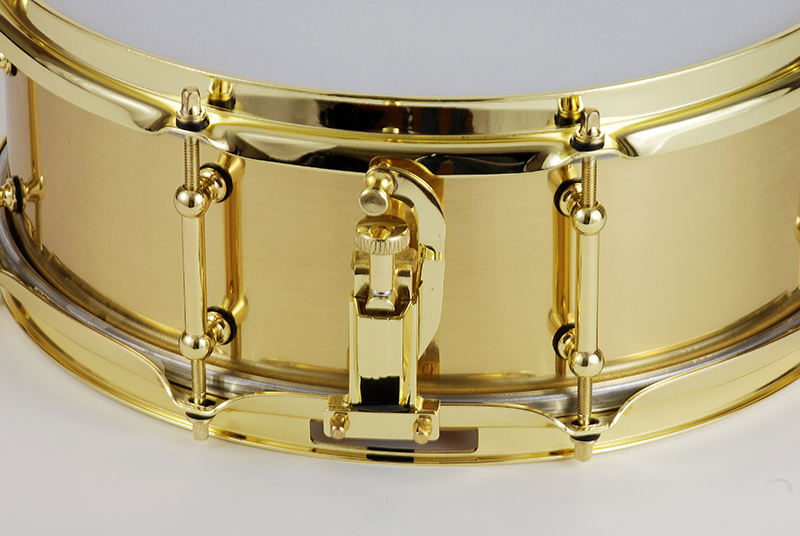Frustrating, for sure. But knowing what to expect and how to participate in the process can help a lot.
Understand that drum building is not an industry of enormous factories and many thousands of workers. It’s mostly a community of very small shops and tiny staffs. Even many of the well-known builders are much smaller operations than you’d think. That means that if someone’s out sick or there’s a personnel change, it can affect the production schedule. Major weather problems can affect the production schedule. Specialized tools and their maintenance can affect the production schedule. Material shortages or subcontractor delays can affect the production schedule.
So, really, why does it take so long? Most of those how-it’s-done videos seem to have the drum finished in a matter of hours, if not minutes. Maybe, you wonder, the builder isn’t organized, or doesn’t want to work hard, or isn’t a stable business, or just doesn’t care. But, overall, the reality is that the custom build is a very different process from mass production.
Bear in mind that with mass production there are routine materials, sizes, components, and processes – a lot gets done with programmed machinery, templates, and assembly-line setups. But when you’re talking about custom, made-to-order work, it’s difficult to standardize production because of the frequent need to modify setups and processes.
For example, mass production of wood shells usually involves only a few species to choose from. But if you decide you want something different, a custom builder is going to have to source raw materials especially for your order. Specific dimensional requirements (and appearance, for anything that’s not covered by wrap, paint, or veneer) mean it’s not just a matter of popping out to the nearest home improvement center.
And actually making a shell can be a long process as well. If you want something that’s bent, glued, or molded, the material has to be shaped, sized, and fine-tuned to be within specifications. If it’s solid wood, it may need to stabilize for days at a time, or have moisture content slowly altered at certain stages. Occasionally, there can even be a failure – imperfections or weak spots inside the material that didn’t show on the outside, stresses during the process that damage the material, or sections that aren’t stable until fully assembled.















